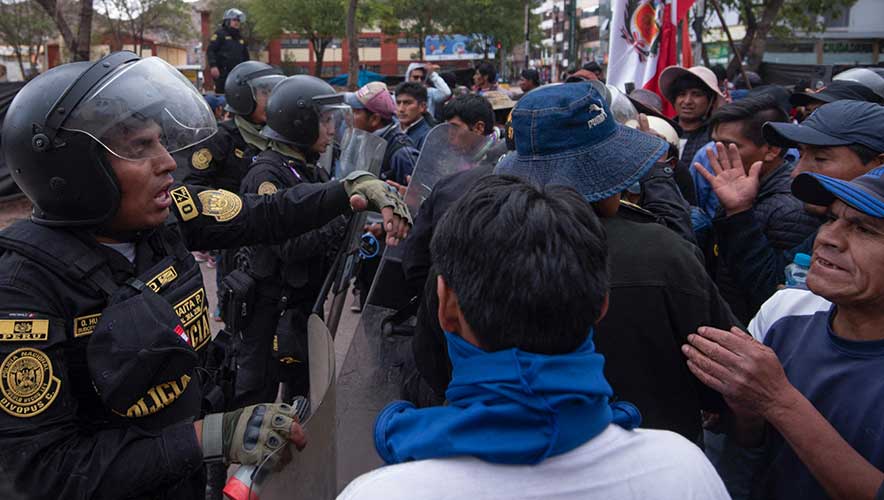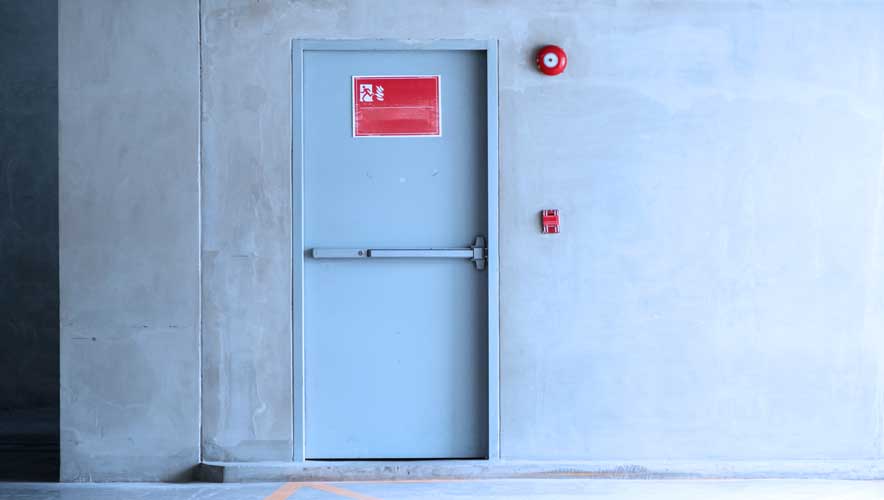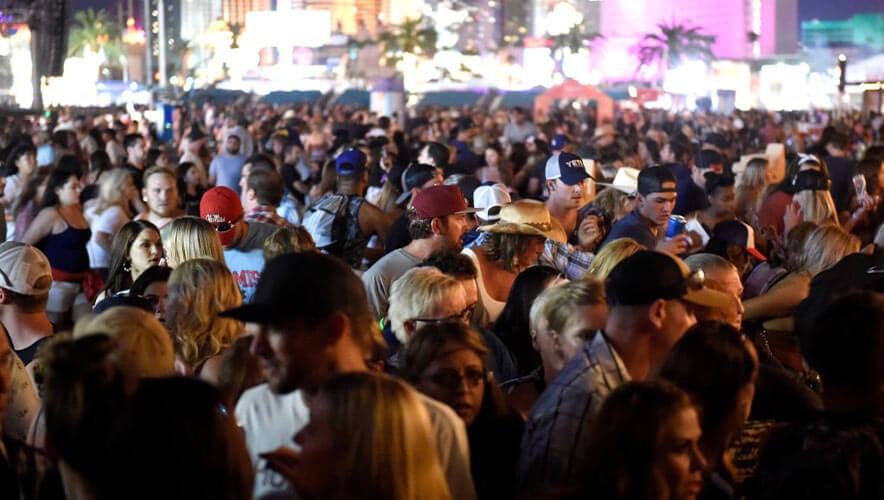State of Emergency Declared in Peru Over Violent Protests
Peru is no stranger to hosting ousted presidents and incarcerated former presidents. However, events in December have been remarkable even by local standards.
On 7 December, President Pedro Castillo surprisingly announced that he was dissolving Congress, which would be replaced with an emergency government, and declaring a nationwide state of emergency. Castillo claimed these actions would re-establish “the rule of law and democracy,” according to BBC News.
In response, Peru’s constitutional court accused the leftist Castillo of instigating a coup d’etat, several ministers resigned, and Vice President Dina Boluarte condemned the announcement.
Castillo was previously facing impeachment and various investigations, but given the fractious nature of congressional politics in Peru, most analysts expected the president to survive these attempts. At least this was the case until his announcement unified Congress enough to overwhelmingly vote to impeach him, with 101 yea votes, six against, and 10 abstaining.
“The theory being put forward is that [Castillo]—whose approval rating with the Peruvian public was low, but higher than that of the even more unpopular Congress—was encouraged to take the drastic step of ruling by decree in the hope that Peruvians would prefer his government of emergency to the elected, but divided, Congress,” BBC News reported.
Boluarte was sworn in as the new president, and Castillo and his family left the presidential palace. While the Castillo family was en route to the Mexican embassy to request political asylum, his police bodyguards, on orders from the attorney general, arrested Castillo while he is being investigated for alleged rebellion. One of Castillo’s advisers, Aníbal Torres, whose whereabouts are currently unknown, is similarly being investigated.
A hearing is scheduled for 15 December to determine whether Castillo, a former rural teacher elected to the presidency in 2021, will remain in custody for up to 18 months while the investigation continues.
Castillo has called on the Inter-American Court of Human Rights to intercede on his behalf, according to Reuters.
Meanwhile, violent protests have arisen, with demonstrators calling for new elections. Protesters “have burned police stations, taken over an air strip used by the armed forces and invaded the runway of the international airport in Arequipa, a gateway to some of Peru’s tourist attractions,” the Associated Press said. In an attempt to pacify protesters, Boluarte announced on 14 December that elections might be moved up to December 2023.
The effects of the protests have been felt throughout the country and were not limited to metropolitan areas. In the Cusco region, which is popular with tourists, demonstrations blocked roads—including along the Pan-American Highway—stranding supplies to copper mines and further straining local food markets. Popular tourist sites, including Machu Picchu, have been shut down.
“The public reaction to the swift transition was at first relatively muted. But in recent days protesters have emerged en masse, mostly in rural areas, staging attacks against police stations, courthouses, factories, and airports, among other targets,” The New York Times reported.
Regional governor Jean Paul Benavente estimates that roughly 3,000 tourists were stuck in areas near Machu Picchu, according to the Times.
The protests have been supported by the largest organization of labor unions, Indigenous people, and other groups.
Since the start of the protests, at least eight people have died, and more than 100 police officers were injured. All of the deaths occurred in poor rural communities outside the capital city of Lima, according to the AP.
Starting on 13 December, the army was “deployed in Peru to protect public spaces across the country amid ongoing protests,” CNN reported, citing a statement from the country’s defense minister, Luis Alberto Otárola.
Argentina lamenta y expresa su profunda preocupación por la crisis política que atraviesa la hermana República del Perú, y hace un llamado a todos los actores políticos y sociales a que se resguarden las instituciones democráticas, el estado de derecho y el orden constitucional.
— Cancillería Argentina 🇦🇷 (@CancilleriaARG) December 7, 2022
The demonstrations have escalated to the point where on 14 December the government declared a nationwide state of emergency. Announced by Otárola, the declaration suspends certain civil liberties for 30 days, including those of assembly and movement. The declaration also “empowers the police, supported by the military, to search people’s homes without permission or judicial order,” according to the AP. No curfew has been announced yet.
Castillo’s supporters have demanded his release, and accused politicians of manipulating Castillo into the situation.
A coalition of governments including Argentina, Bolivia, Colombia, and Mexico issued a joint statement, expressing a “profound” concern over Castillo’s impeachment and arrest. The statement noted that Castillo, “from the first day of his election, was the victim of undemocratic harassment” and called on Peruvian institutions to abstain from reversing the elected will of the citizens.










